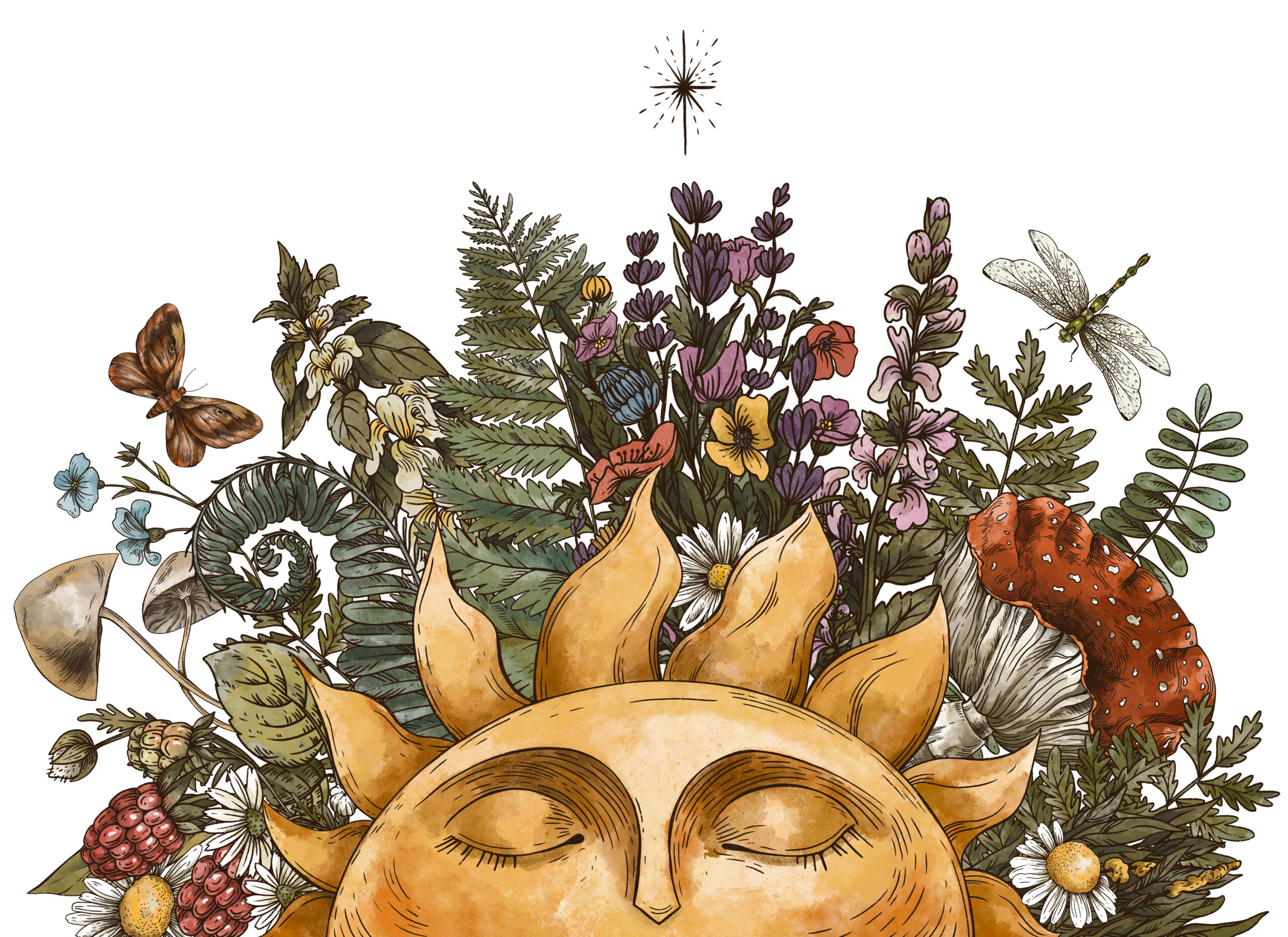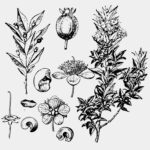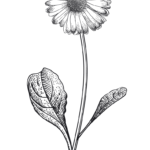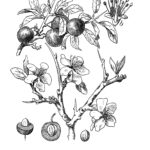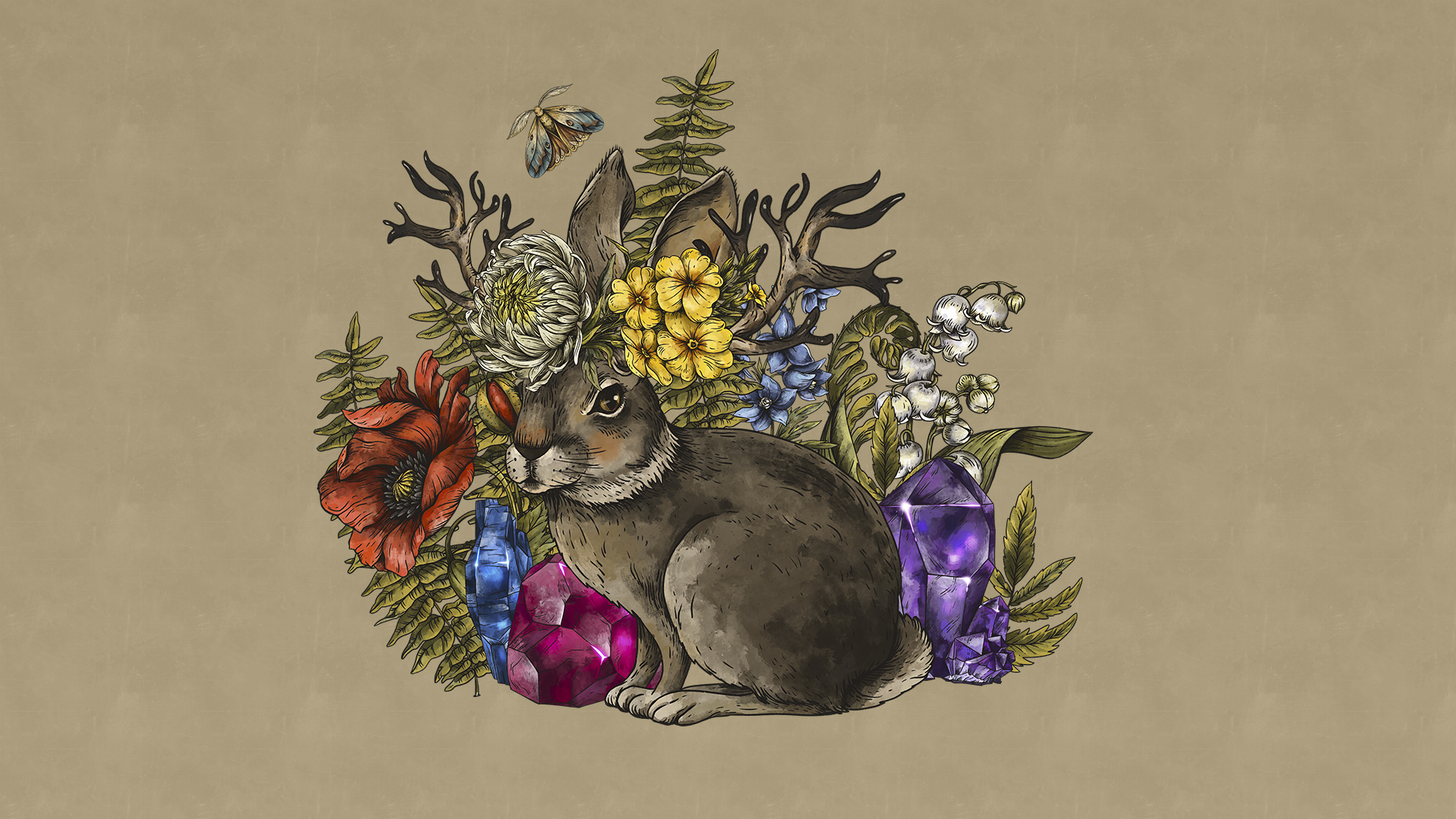In the previous article (Magical herbs and plants: from fir to heather) I laid the first foundations of the magical and mysterious world of healing plants and herbs, which have always played a fundamental role in human development and innovation.
Over time, the medicinal use of plants has often been confused with witchcraft, counted among all those supernatural arts that required a good dose of superstition and fear. In this new article, we will continue to explore the significance of some plants and herbs in lore.
The role of the witch
In popular tradition (beyond all the unfortunate phony cases of witchcraft that have crossed History), the witch was the one to whom magical gifts were attributed, which often included a close connection with Nature and with evil.
This connection between the Devil and Nature has very deep roots, dating back to the horned figure of the Greek god Pan, who represented the wildest part of life, sexuality, the wild side of the world, and the danger of the forest. This figure was transformed over the centuries into other similar divinities, which reached the imagination of different populations, before becoming the incarnation of evil under the influence of the Church.
However, the witch was not always feared and rejected; she was often sought out for advice, to cure illnesses, and to dispense natural remedies. And the name of “witch” was not always given to her; sometimes she was a sorceress, a sage, a priestess. In short, a woman who possessed knowledge of several generations.
The role of the witch was therefore fundamental in discovering the properties and toxicity of many plants that are still used today in medicine and science. A role that later moved to the figure of the apothecary.
Magical herbs and plants
The magical plants that we will discover in this article are some of the best-known in the mystical and traditional fields. Some have also played a significant role in books and films, carving out a somewhat stereotypical space in the minds of most of us.
Let’s see what these plants are, their properties, and their meaning.
Mandrake

Mandragora – Dodoens, Rembert, 1583. Stirpium historiae pemptades sex sive libri XXX. Antverpiæ, ex officina Christophori Plantini. (scanned from Reprint 1979, Uitgeverij de Forel, Nieuwendijk (Netherlands).
to be checked, Public domain, via Wikimedia Commons
It grows only in Mediterranean areas, but similar plants can also be found in other parts of the world: ginseng in the East, or white bryony in northern Europe. It has always been held in high esteem for its medicinal and aphrodisiac properties.
Its main feature is the singular shape of the root, which vaguely resembles a human body. In ancient times, a small piece of root was carried into battle, as it was believed to bring good luck and make one invulnerable.
It also serves as an amulet to settle quarrels and make peace between friends and lovers. Furthermore, once upon a time, women used to pulverize a piece of mandrake in a full glass of spring water because, drinking the mixture, was thought that would promote pregnancy. But always in small quantities, or you could run into a slight poisoning.
Today it is no longer used in the medical field due to its high toxicity.
Myrtle
In England, the myrtle, up to the present day, has been the wedding flower, favorable to lovers. A few leaves kept in your pocket favor good luck, while holding a twig tight when the moon goes down helps dispel doubts.
Medically, it can strengthen the immune system, is useful against psoriasis, insomnia, and meteorism, and is a natural astringent.
Hazel

Corylus avellana from Wayside and woodland blossoms; a pocket guide to British wild flowers for the country rambler. This edited version has been paper-masked for better restoration.Edward Step, Public domain, via Wikimedia Commons
For the Celts, this plant was associated with fire and was a symbol of fertility, while the Druids used to build the wheel cross with its branches, a symbol of eternity and infinity. For the Norse populations, it was the plant associated with the god Thor. During the Middle Ages, the country priests burned some hazel branches and observed their combustion: based on the way they burned they were able to draw auspices.
The hazelnut has always been a divining and protective plant. Popular medicine used the infusion of its male flowers as a diaphoretic, while the decoction of the bark was used to treat the flu. Today we know that hazelnuts are good allies against asthma and bronchitis, and have the ability to lower cholesterol.
Daisy
It is the plant chosen for the oracle of love: tradition has it that girls tear off one petal after another with the words “He loves me, he loves me not“. Its flowers are amulets for all who are pure in thought and faithful in love. Some Roma traditions say that if a girl puts daisy roots under her pillow, she will have good dreams and the unfaithful lover will come back to her.
It is an excellent tonic and helps purify the blood and liver. The infusion of its flowers has relaxing properties, similar to those of chamomile.
Blackthorn
Anyone who makes a wish next to this plant will be granted. Once upon a time, farmers used its branches to make special sticks that protected them from the pitfalls of the road and bad encounters during travel. It was thought that good and evil were kept in the plant and whoever owned a blackthorn full of thorns was also protected from fire, lightning, and disease.
The wild plum is remembered above all for its dark and mysterious aspect which made it a plant very dear to witches, ambiguous and dangerous.
It is mainly used in the herbal, food, and pharmaceutical fields. Its fruits contain antioxidant principles.
Rosemary
It can prove to be a powerful amulet, its occult influence extends to anyone who carries a sprig with them: it has the power to strengthen memory and preserve love, fertility, and prosperity.
Rosemary essential oil has significant health benefits; it improves concentration and brain function; it has antioxidant and anticancer properties; it promotes dilation of blood vessels, circulation, inflammation and joint pain; it reduces stress. Its flowers are edible and excellent for flavoring salads.
Rue
In the Middle Ages, it was a powerful talisman against witchcraft; its dry leaves were carried in a bag and hung around the neck. Even today, rue is used to attract good fortune and calm discord, and to encourage the love of beauty and music.
Once used as a digestive, to stimulate the menstrual cycle and against pain, rue is no longer used today due to its toxicity; it can cause severe gastrointestinal inflammation with tremors, convulsions, and the risk of miscarriage.
Harmony and respect
As I had already specified in the last article, the plants and herbs that nature gives us can be great allies or dangerous enemies. Many of the plants that were once used in folk medicine, despite boasting numerous benefits, are now famous for their toxicity.
It is a defense mechanism, developed to protect and benefit themselves first and foremost. Plants are wonderful and complex organisms, and to win the right to exploit them, we should first learn to respect them, to create balance and harmony.

